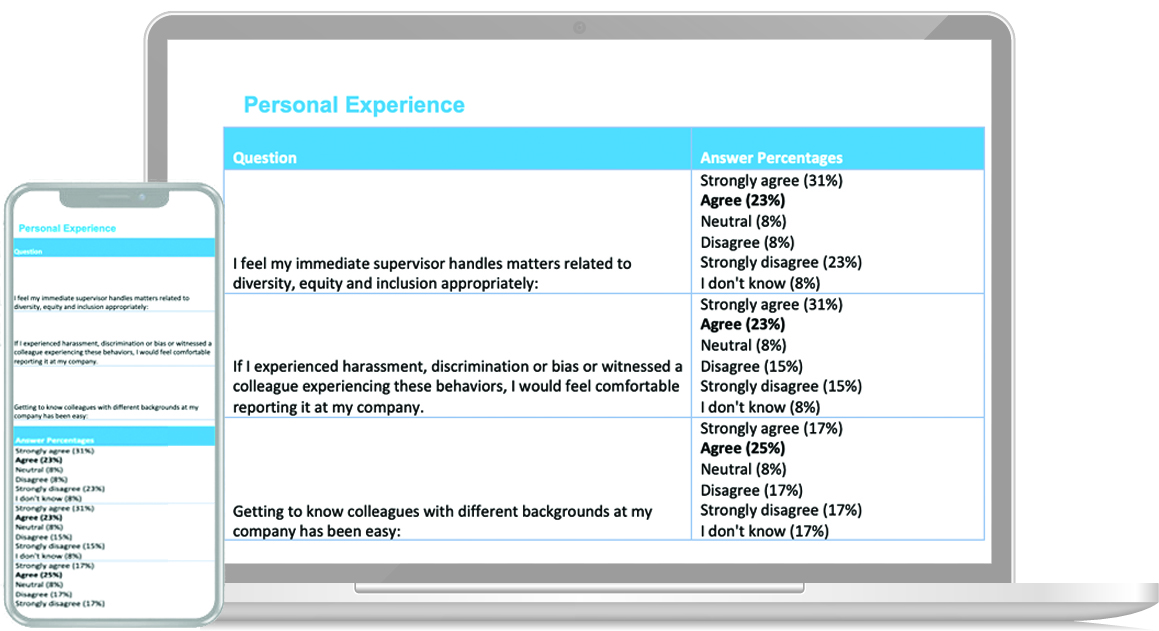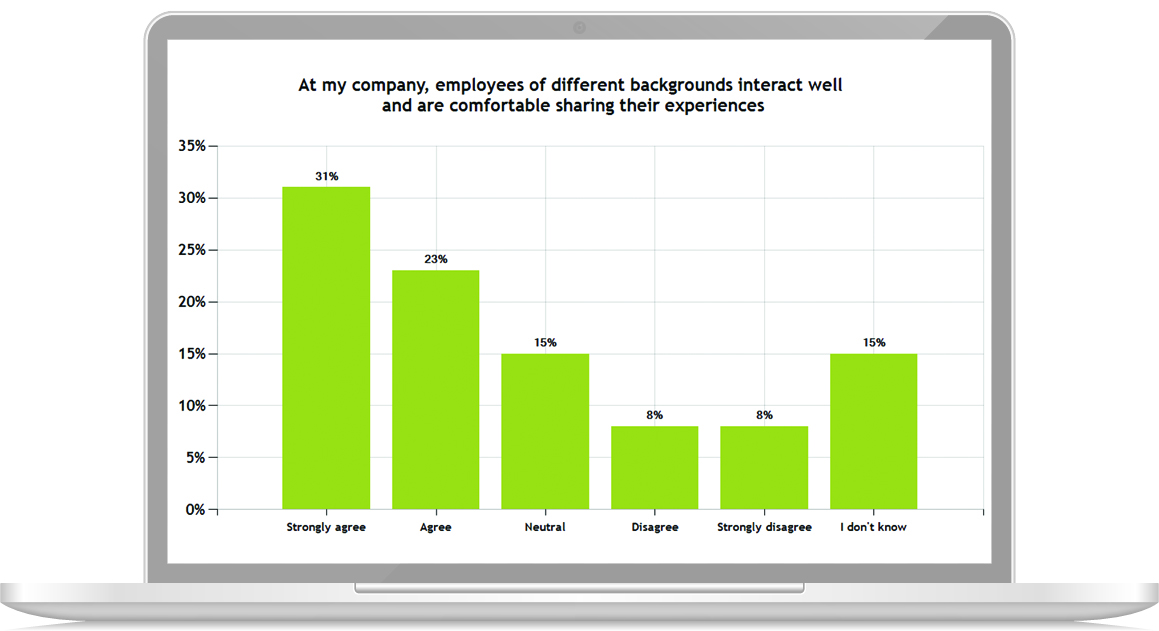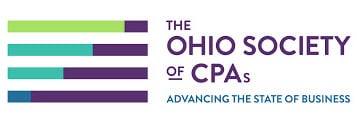 Tiffany Crosby, Chief Learning Officer, OSCPA
Tiffany Crosby, Chief Learning Officer, OSCPA
“Psychological Safety is Necessary”
Ohio Society of CPA’s is the central organization for the accounting profession in Ohio. They deliver knowledge, education and advocacy that advances the accounting profession, the accounting professionals and ensures the future of both. The leadership team at OSCPA knew that in order to ensure advancement in the profession, they needed to take the lead on diversity, equity and inclusion efforts related to culture. So, what did that mean? They had to show their organization was taking steps to measure and improve culture if they wanted their members to take it seriously.
OSCPA’s Chief Learning Officer, Tiffany Crosby, who spearheaded the project, knew that one of the first steps they needed to take was to start measuring their efforts. When selecting a technology vendor to assist with data collection, they were looking for four key things with the top initiative being psychological safety. She knew that if her colleagues did not feel comfortable that their answers were truly anonymous, then they would not give honest feedback. Team members want to ensure that leadership has no visibility into the process and that they will not be singled out for answers that may not be what management wanted to hear. Therefore, having a third party administer the survey and the survey findings was vital. Secondly, OSCPA wanted a company that was familiar with benchmarking and could assist them year after year with trending data. Thirdly, they wanted someone who knew how to normalize data, and last they wanted technology that allowed them to drill down into the results using filters in order to get a more meaningful interpretation of the data.
 Tiffany knew that they needed to find a technology partner that could do all four of these things well and could help them get started with their initiatives ASAP, and they found all of this in DynamicBenchmarking.
Tiffany knew that they needed to find a technology partner that could do all four of these things well and could help them get started with their initiatives ASAP, and they found all of this in DynamicBenchmarking.
Culture was top of mind for most of OSCPA’s member organizations and for OSCPA, so the OSCPA leadership team decided to start by implementing a culture assessment at their organization before offering it as an option to their membership. They worked with the Dynamic Benchmarking team to develop their question set and launch their survey in less than a month. When the results were revealed, there were definitely some
“Ah ha” moments.
Sample Report

Sample Report

Year 2 - Results
Able to follow up on trends
Communicate improvement to colleagues
Show where improvement was needed
Develop the Cultural Assessment RoadmapBy using data and a data tool to collect information on such a sensitive topic, the OSCPA team was able to gain permission to have these conversations. It was a signal to the entire OSCPA community that conversations around culture are important. They were able to illustrate that all opinions and experiences are encouraged to be shared and supported.
It’s hard for many to know where to get started when discussing DEI, but one of the most effective and streamlined approaches is through data.
From Perception to Reality
When Tiffany was asked about the perception of how their culture was versus the reality as
demonstrated by the results of their assessment, she stated that, “Our team was generally surprised by
the inclusion results. We tended to score higher in the EEOC type diversity questionnaires – people
understand that component. When it comes to the inclusion piece – it was an “Ah ha” moment for those
same people. A cultural assessment can show perceptions of perhaps inequity or lack of transparency in
how career progression happens and how people avail themselves to promotions and opportunity
including pay.” She also stated that, “Most of our team has been receptive to assessing the culture and
they’ve noticed that in their second year there has been more open feedback as people get more
comfortable sharing.”
Using the Results for a Plan of Action
The OSCPA team knew that they couldn’t simply implement the survey and do nothing with the findings.
They realized that one of the key steps after implementing the survey was communication of the results.
Tiffany stated, “Telling people, this is where we were, this is what we did about it and here are some
things that changed, this is where we are now, and this is what we’re continuing to plan to do – is all
necessary in creating a level of trust throughout the company so individuals will continue to share their
opinion, be their authentic selves, and be heard.”
Biggest Impact of Implementing the Cultural Assessment
By using data and a data tool to collect information on such a sensitive topic, the OSCPA team was able
to gain permission to have these conversations. It was a signal to the entire OSCPA community that
conversations around culture are important. They were able to illustrate that all opinions and
experiences are encouraged to be shared and supported. It’s hard for many to know where to get
started when discussing DEI, but one of the most effective and streamlined approaches is through data.
Lessons Learned
OSCPA is a small organization and learned that the demographic questions asked needed to be more
broader ranging than narrow to avoid participants feeling like they could be targeted. In their second
year, they did away with some of the demographic type questions to ensure a tradeoff for honesty and
psychological safety rather than false/invalid data.
Advice
- Know why you are doing the assessment.
- Be committed to doing something with the results.
- If you start down this path without actually being open to hearing the results and doing somethin about them, it is worse than doing nothing at all.
- The executive leadership team has to be fully bought into the process and make themselves available to hear/accept the results and have conversations about them. Knowing up front that the results may not be what you expect can be hurtful, but is imperative to improving.
 As Tiffany stated,
As Tiffany stated,
.png?width=5259&height=925&name=New%20logo%20color%20and%20v%20TM%20(color%20compliant).png)
